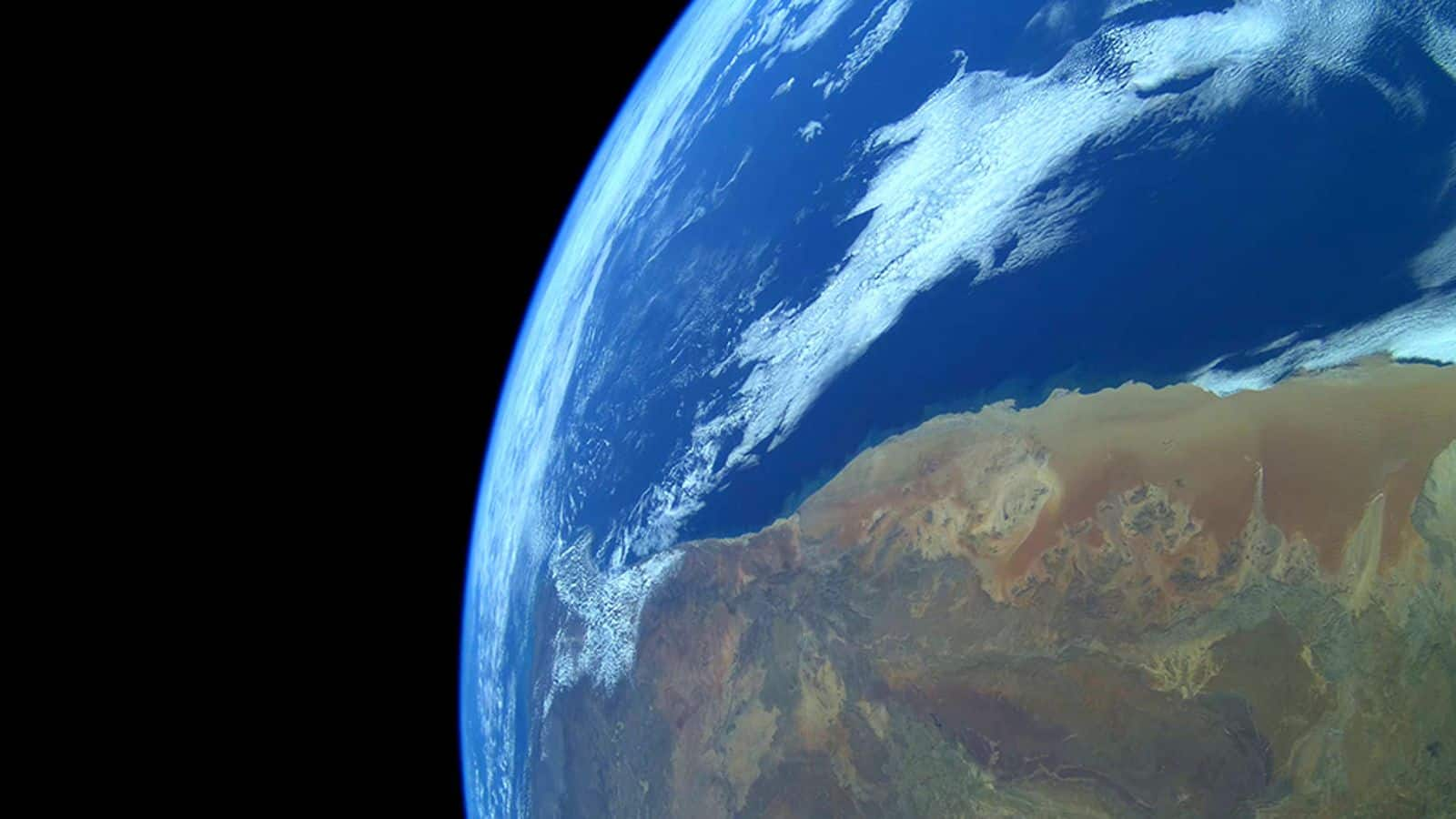
UK start-up to stream 4K views of Earth from ISS
What's the story
Sen, a start-up hailing from London, is gearing up to dispatch ultra-high-definition 4K cameras to the International Space Station (ISS). These cameras will hitch a ride on a SpaceX rocket as part of the upcoming re-supply mission. Charles Black, the CEO of the company, revealed that this venture is a stepping stone in their grand scheme to spread their technology across various cosmic locations, including the Moon.
Purpose
Cameras to capture spectacular Earth and space scenes
The advanced 4K system from Sen will be affixed at the front of the ISS, set to capture awe-inspiring views of our planet. One camera will be dedicated to capturing sunrises, sunsets, and the mesmerizing northern and southern lights. Another camera will keep an eye on Earthly activities within an area roughly 180x240km in size. A third camera will document the space capsule's arrival and departure at the forward docking point.
Live streaming
Live streaming and future aspirations for space imaging
The strategy involves continuous streaming of 4K videos and alternating between different cameras. The data will be transmitted via the European Space Agency's system. Black shared his aspirations to expand their technology beyond just the ISS, saying, "Our goal is to bring a whole new way of seeing space, Earth and the Moon." He also hinted at future plans involving cameras in lunar orbit and on lunar rovers.
Ambitious goals
Sen's ambition for real-time space imaging
Sen may not be pioneers in exploring the 'video from space' market, but Black is confident about carving out success through effective content packaging. He emphasized real-time video's potential for storytelling and its capacity to deliver insights directly to people. "No-one has addressed that market before, and that's what we're doing," he said, drawing a parallel with the transformative impact of Google Earth on static imagery.